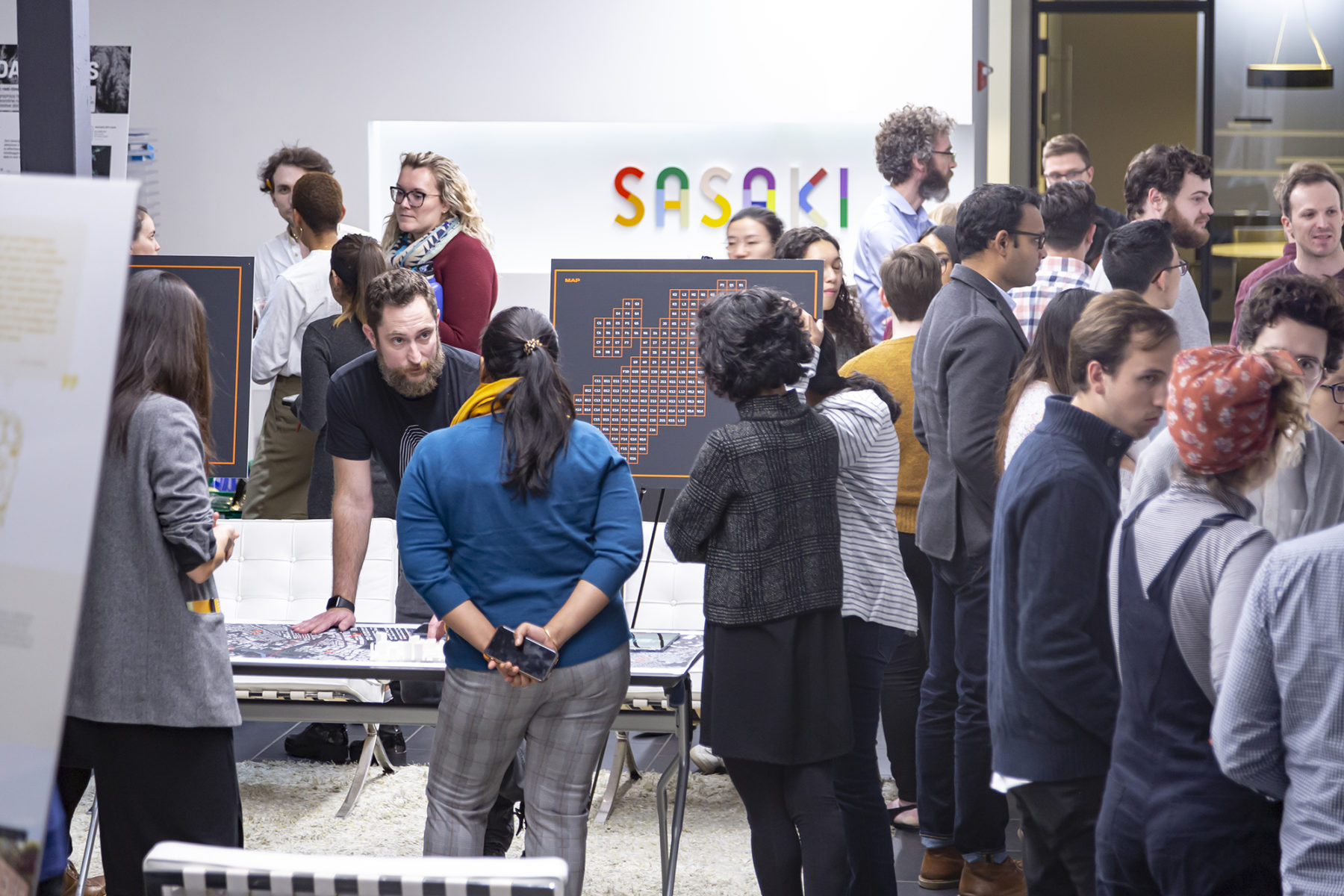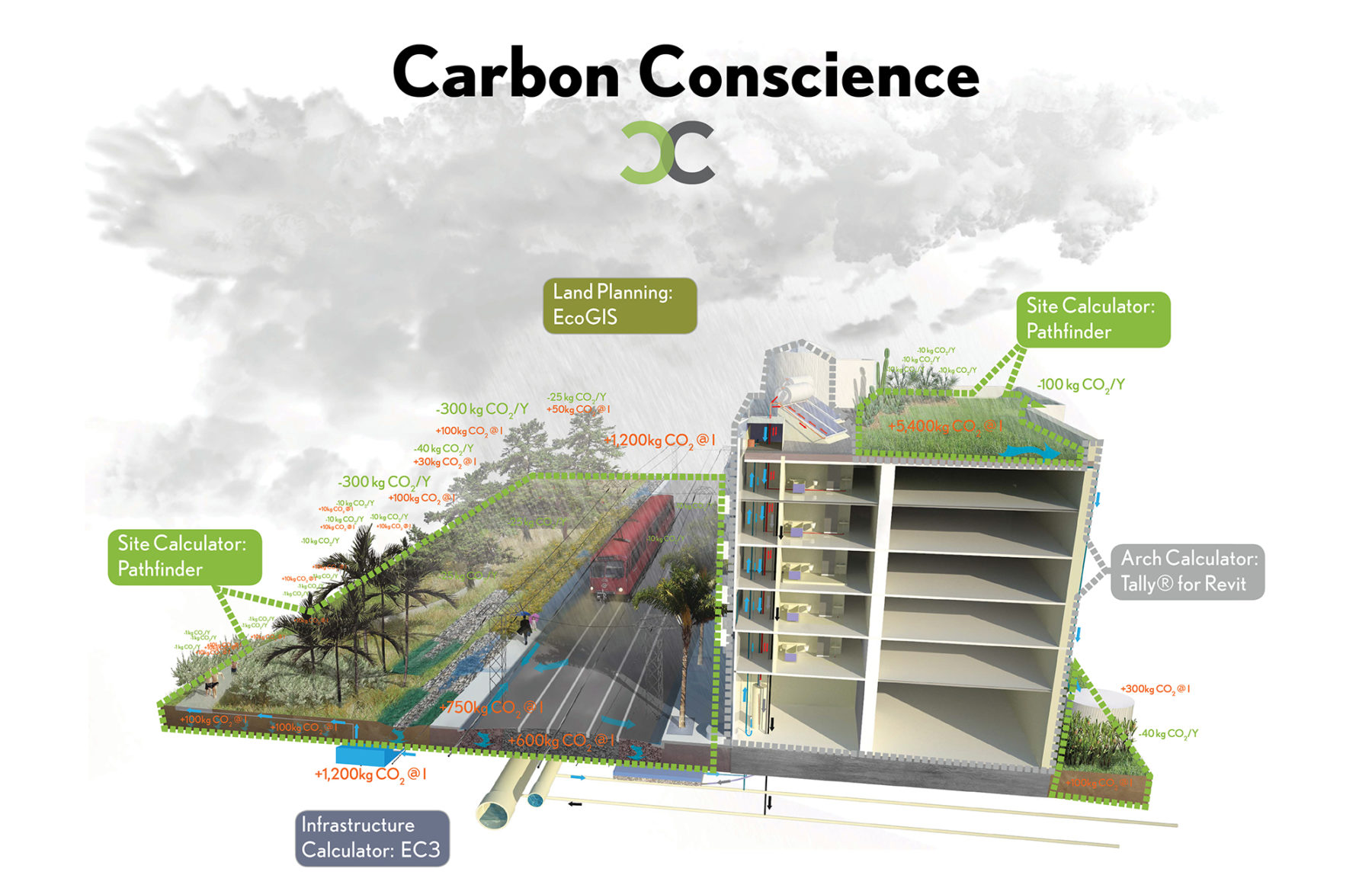2020 Research Grant Winners Announced

 Sasaki
Sasaki

Each year, Sasaki awards three grants to teams of staff to pursue research projects. Past projects have explored categorizing small towns in America, integrating autonomous vehicles into the urban environment, and designing varied playscapes in parks.
This year’s grant winners were announced at Sasaki’s annual Research Fair, an event that celebrates the firm’s diverse array of ongoing research projects. At the fair, Sasaki principal Martin Zogran shared some words about the role that research plays in our practice: “Research—in its many forms—is foundational to our collective success at Sasaki,” he said. “It complements and deepens our work, helps to build bonds and expertise firm-wide, and gives us an invaluable platform for engaging in dialogue with the broader design industry and the communities and clients we serve. Research is necessary for fueling the creativity and ingenuity that is a hallmark of our practice.”
Read the abstracts for this year’s selected research projects below:

Team: Raj Adi Raman, Justin Kollar, Sourav Biswas
Advisors: Laura Marett, ASLA, PLA, LEED AP, Jill Allen Dixon, AICP
Sponsoring Principal: Ken Goulding
Can we train machine learning algorithms to identify the types of classifications which we use in planning and design?
Understanding and interpreting context is critical in making informed design decisions. To classify aerial imagery, we either have to spend time finding data (if it exists) or trace maps by hand. This is particularly prevalent in international projects, but even in the U.S. there are many data gaps (e.g. parks amenities). However, these features are obvious when seen in aerial imagery to a trained eye.
Recent advancements in the field of artificial intelligence present an opportunity for us to apply it to our practice. Using existing classifications, machine learning can be trained to identify similar characteristics in new data sets. Latest improvements in processing power and image quality have increased the chances of finding useful results.
This research project will test the capabilities of what machine learning can identify based on training data sets. In addition to land use and amenity classifications, we will explore whether machines can identify useful typologies and urban characteristics such as informal settlements, at-risk areas, population distribution, block density, street typologies, and more. This will allow us to perform richer and more accurate analysis and experiment with new urban metrics to identify insightful correlations.

Team: Chris Hardy, RLA, CA, LEED AP+ND, Tamar Warbug, AIA, LEED AP BD+C, Ekaterina Trosman, Michael Frechette
Advisors: Michael Grove, ASLA, PLA, Ken Goulding
This proposal calls for the development of a carbon calculator tool for district planning and design. With this tool, Sasaki can enhance design processes through accounting of carbon budgets and assist client’s decision-making through quantifiable analysis.
In 2018, the construction industry accounted for approximately 38% of global emissions. In the architectural sector and Life-Cycle-Assessment academic circle, researchers and practitioners are investigating detailed carbon costs of construction. Landscape design and planning disciplines have largely been tangential to this research, with new tools only recently being released and tested by the industry. Various existing carbon calculators are discipline-specific and rely on fully-developed designs to begin analysis. This project will test and evaluate existing tools and research, compiling data and best practices to inform each discipline at Sasaki, and then use the data to develop both architectural and land-use typologies. With these typologies, we will create an interdisciplinary design tool that can be used in early design and planning stages for fast comparative analysis between design options, so designers in real time can adjust plans to consider carbon costs and sinks. This tool will be in complement to more robust calculator tools, and will be tailored to help clients understand, early in the process, potential implications and options from a carbon conscience perspective.

Team: Anna Cawrse, PLA ASLA, Lanmuzhi Yang, Eric Youngberg, Kara Slocum, Andrew Sell, Joshua Brooks, PLA, ASLA
Collaborators: National Recreation and Park Association
Many strategies addressing climate change deal with either adaptation or mitigation, but there is one area that cities can use to address both: parks. The term “resilient park” tends to be associated with large cities near the coast and with much of the focus on sea-level rise, but climate adaptation is much bigger than that. How can a park in mid-America adapt? What is the full spectrum of design tools needed to create parks that respond and help with climate challenges? What are the full suite of issues, and how can parks serve as a positive change engine for the future?
This research, in collaboration with the National Recreation and Park Association (NRPA), aims to create a toolkit for park agencies, starting in the Intermountain West region, so they can start adapting and building their parks to the changing environment. Climate. Park. Change, a web-based platform, will allow municipalities to explore issues arising from climate change based on their specific regional geography. With each issue, targeted design strategies will demonstrate how parks at multiple scales should adapt, and ultimately combat the negative implications that this crisis will bring. The goal of this project will be a repository of climate adaptation strategies for various park typologies.